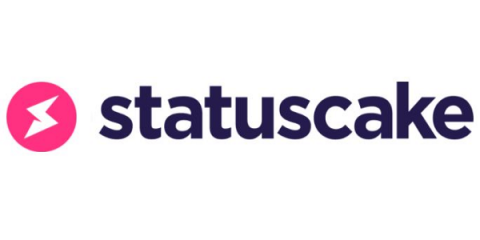Systems | Development | Analytics | API | Testing
%term
The True Cost of Downtime For Businesses
In this post, we’re sharing some of the best insights from specialists across a variety of industries to answer: What is downtime & why is downtime so detrimental for businesses? As well as answering this key topic we’ll also cover how businesses can take steps to prevent downtime & understand the underlying causes behind this often costly concern. Downtime is a term used to refer to a period of time in which a system, website or service is unavailable to its users.
State of Code Review Survey Says Only Half of Respondents Satisfied with Today's Collaboration Processes
Data Egress Cost Analysis
Understand the impact of data transfer and egress costs across Microsoft Azure, Amazon Web Services and Google Cloud Platform. One of the questions most frequently asked by cloud-savvy, price-aware customers goes something like this: OK, so we like that your tool makes it easy to integrate our cloud database and storage in our centralized data warehouse, but I know our budget will be scrutinized for total cost of ownership (TCO), including our data egress costs.
New in Databox: Build Custom Google Analytics Multi-Channel Funnel Metrics & Understand How Your Marketing Channels Contribute to Conversions & Sales
Spend 30-50% less time waiting for builds
How much more would you get done if you'd spend 30-50% less time waiting on your builds to finish? Try our Org Elite plan now, for 2 weeks. No strings attached.
How to Manage Ruby Memory Usage
Even the most prominent and reliable frameworks are notorious for burning out resources if not configured perfectly. In this post, we are about to take a look at how Ruby, one of the most prominent programming languages and an awesome web application alternative when combined with Rails, manages memory, and how you can make it perform even better. Ruby is a scripting language built for use in web applications and similar stuff.
Why is there a lack of women in tech? Questions answered.
Women in tech is an interesting subject for many reasons. We hear endlessly how the tech industry lacks women, how the gender pay gap is still an issue and how we still lack women in high managerial positions. But we still don’t know why this is. Are women purposely not choosing the tech industry or does the issue run deeper than that?
5 Digital Transformation Trends for 2021
The Security Challenges of Data Warehousing in the Cloud
Many organizations struggle to meet growing and variable data warehouse demands. No matter how much they pad their annual IT budgets, there never seems to be enough capacity to cover unexpected business requests. This leads to resource restrictions for the various business units that use the platform. When business units are not well served by central IT, “shadow IT” emerges.











